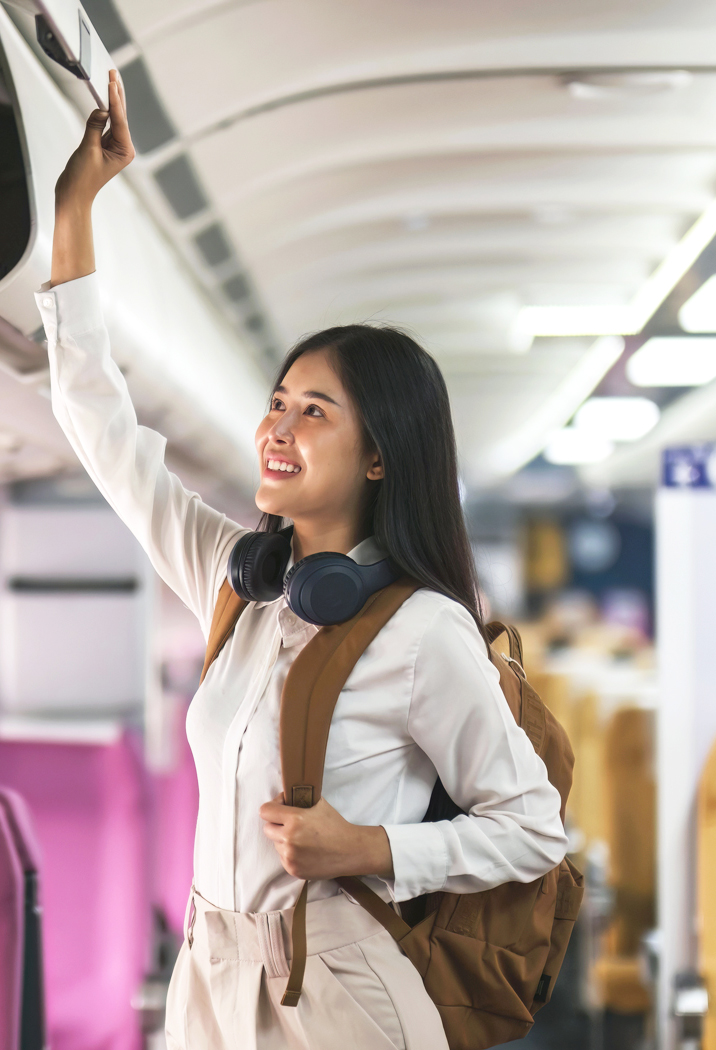Before stepping on a plane, have you ever stopped to ponder why we always board from the left side? Perhaps if you’re a frequent flier, it’s become so instinctive that you rarely give it a second thought. But if we’ve piqued your curiosity, fasten your seatbelt and settle back in your chair while we take a look at the fascinating history behind airplane boarding.
Safety First

The primary driver behind the procedures and processes that underpin commercial flying is passenger safety. The aprons of airports are busy places, full of workers donning high-visibility uniforms, official lanyards, and headsets. To avoid unexpected collisions and potential injuries, this part of the airport remains mostly off-limits to those passing through, except at smaller airports where passengers board the plane from air stairs on the tarmac. At most larger airports, though, the use of jetways (also called air bridges) prevents the need for passengers to walk across the tarmac.
An Exercise in Logistics
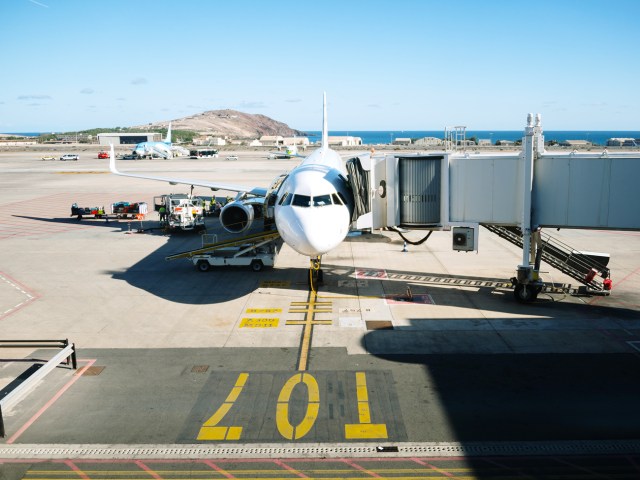
Plenty has to happen to prepare a commercial plane for departure. A crew of cleaners has to ensure the cabin is tidy and sanitized, baggage handlers are tasked with taking care of suitcases, and the aircraft needs to be refueled for its onward journey. Scissor-lift trucks ensure meals provided by catering companies can be loaded through the service doors. To enable such operations to take place as quickly and smoothly as possible, it makes sense for everything to be kept separate from the passenger-facing side of the plane. So while cabin crew normally greet you on the left side of the aircraft, the logistical side of things is almost always taken care of from the right.
Different Aircraft Configurations
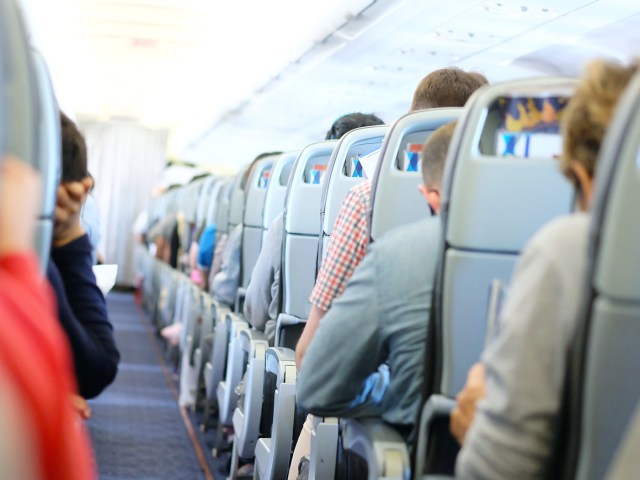
On a number of commercial aircraft, such as on Boeing 737s or the Embraer E-jet family, the doors on opposite sides of the plane are actually different sizes. For instance, on an Embraer E-175 jet, the front passenger door measures 5 feet, 11.6 inches tall, while the service door on the opposite side is considerably shorter, at 4 feet, 5.1 inches. Their widths also differ: Passengers pass through an opening that’s 2 feet, 5.5 inches wide, while the other door measures 3 feet, 1 inch across. Each has been designed for a different purpose, and they aren’t interchangeable except in an emergency.
Taking a Cue From Sailing Traditions
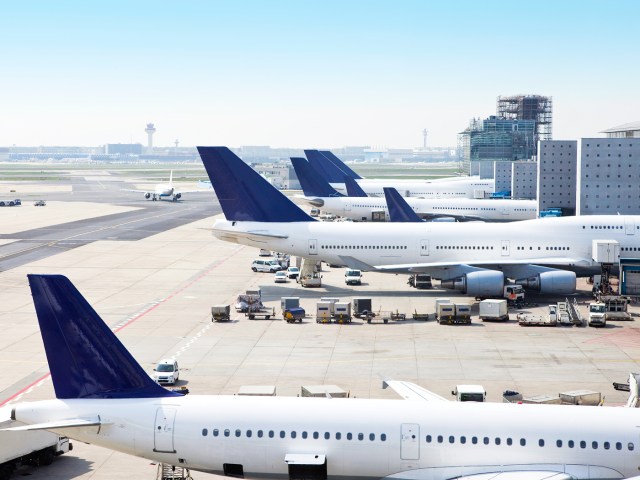
Planes arrived long after boats were sailing people around the world. It’s no surprise then to find that they borrowed some of the seafaring terminology — words such as cockpit, bulkhead, rudder, and so on. Like airplanes, ships also have a port side and a starboard side. The port side was usually beside the dock from which passengers boarded because the starboard side traditionally held the steering oars used to control boats. Naturally, planes followed that convention.
The Historical Precedent for Boarding on the Left
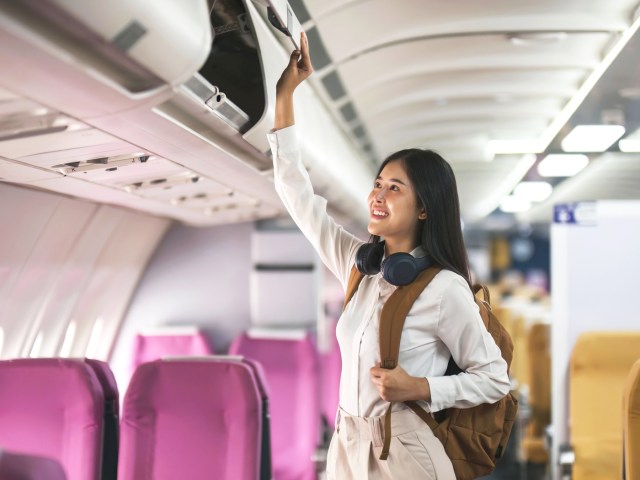
In the early days of commercial aviation, aircraft would typically taxi alongside the terminal, parking parallel to the building. The captain, who was seated in the left side of the cockpit, would have found it easier to judge the gap if it was on his side of the aircraft. This would ensure that there would always be sufficient wing clearance and that the doors would line up. As the number of flights handled by each airport grew, it became more efficient to reposition the jetways so that the planes parked perpendicular to the terminal instead. With space often at a premium, it was also logical to streamline operations so that each plane parked the same way.
Some Small Planes Are the Exception
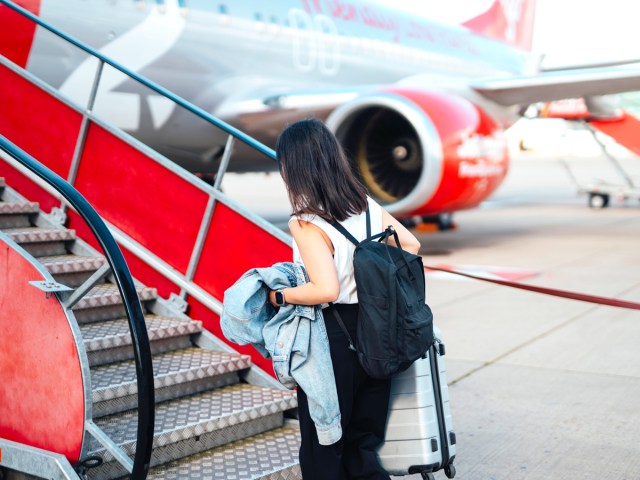
Even in the 21st century, a standardized procedure for boarding on the left still hasn’t been fully achieved. On short hops between small, sometimes remote airfields, you might board on the right-hand side of the small aircraft that service these routes, as alternative forms of transport aren’t available or demand isn’t enough to make flying a larger plane financially viable. If you find yourself on one of these planes, be sure to take note, as it’s an exceedingly rare occurrence.
More from our network
Daily Passport is part of Optimism, which publishes content that uplifts, informs, and inspires.






